Laclede's Landing
Introduction
Text-to-speech Audio
Images
Feather Building – 1882 (809 N. Second Street) During the nation’s westward expansion, J.D. Streett & Co. manufactured and supplied wagon wheel grease in this building, and later produced “Street’s Ideal Motor Oil” for the Tin Lizzy (Ford Model T)
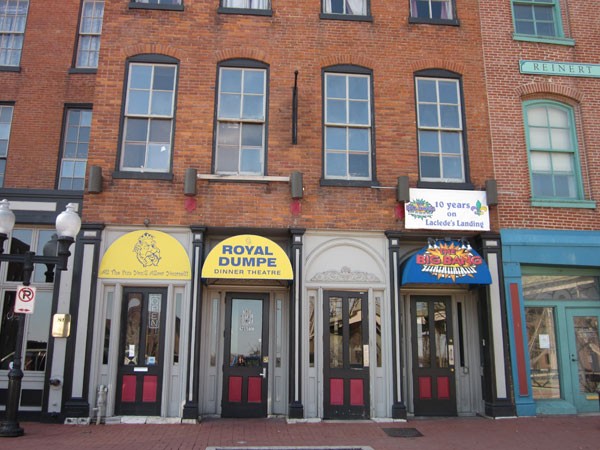
Visitors to Historic Laclede's Landing can enjoy a ride from the St. Louis Carriage Company, stationed outside the Old Spaghetti Factory, located at 727 N. First Street.
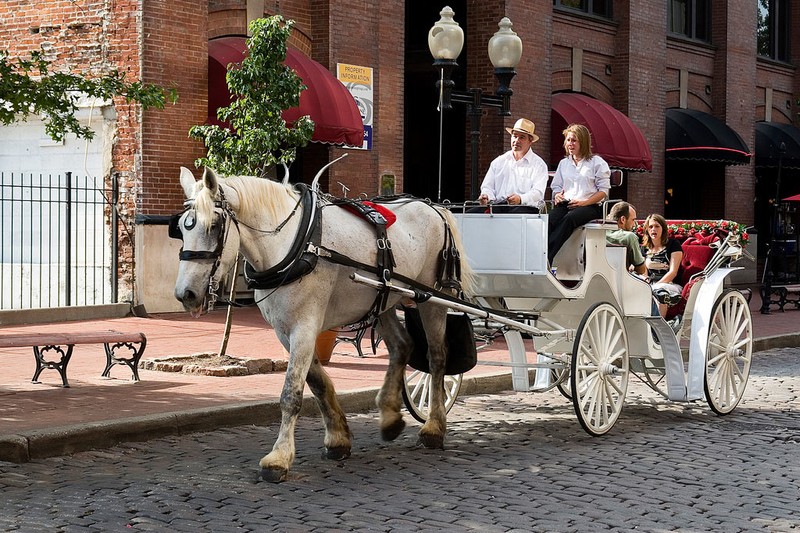
Laclede’s Landing as it exists today is just a small portion of what once was a dense riverfront community of trade, industry, retail and families where the Gateway Arch stands currently.
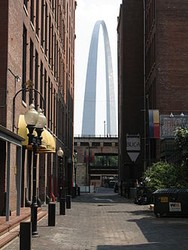
Laclede's Landing, a nine - block industrial area that once housed companies producing coffee, leather goods, mattresses, tobacco, whiskey, candy and machinery for the barges, features some of the most unique restaurants, sidewalk cafes and clubs.
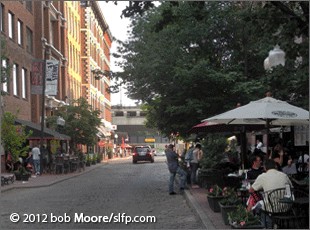
Eads Bridge -National Historic Landmark. A marvel for its time and a beautiful, bold example of early steel bridgework, the Eads Bridge was one of the final two bridges installed.

The first phase of Ballpark Village is anchored by a first-of-its-kind 34,000 square foot venue on four levels called Cardinals Nation. Spectacular game views and an all-inclusive experience unlike anything in baseball today.
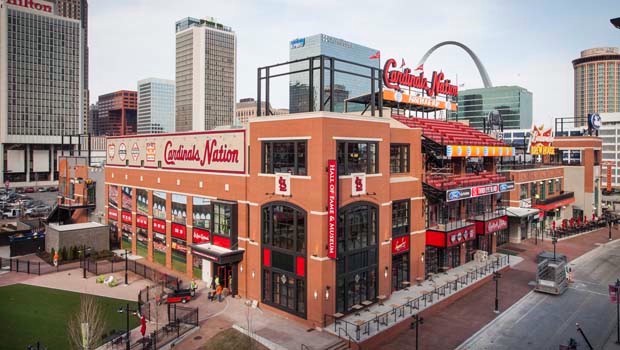
Backstory and Context
Text-to-speech Audio
The village of St. Louis contained three streets: La Grande Rue, now First Street; Rue d'Eglise, now Second Street; and Rue des Granges, now Third Street. Soon the village became the center of commerce with furs as the main source of exchange for goods.
Today, Laclede's Landing is an entertainment district with a variety of shopping, dining, and entertainment options.
Cite This Entry
Binion, Richard and Clio Admin. "Laclede's Landing." Clio: Your Guide to History. May 24, 2015. Accessed April 18, 2025. https://theclio.com/tour/231/25

